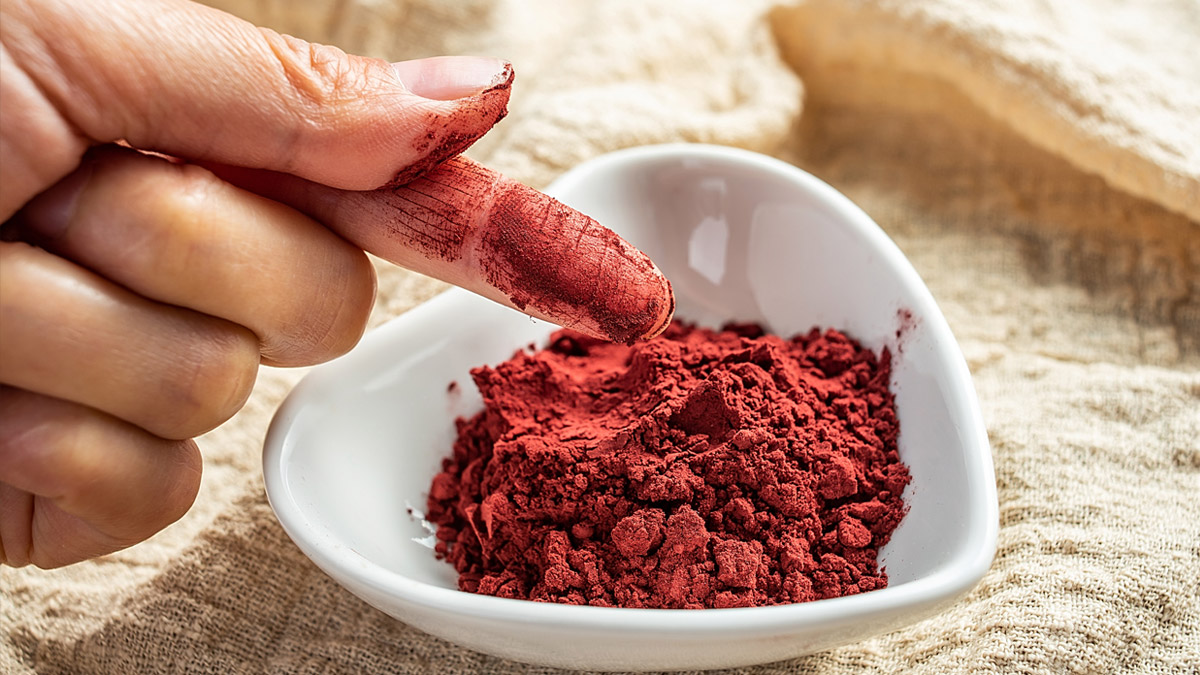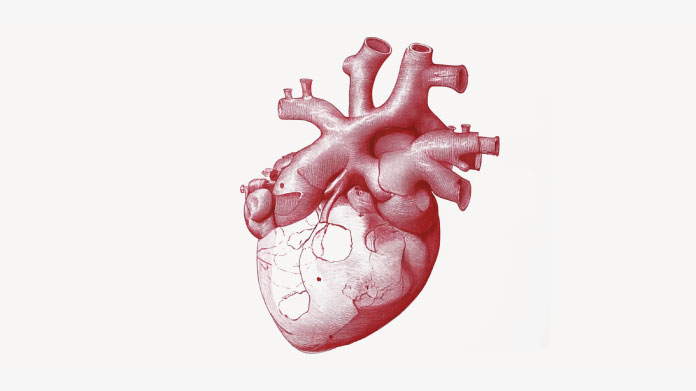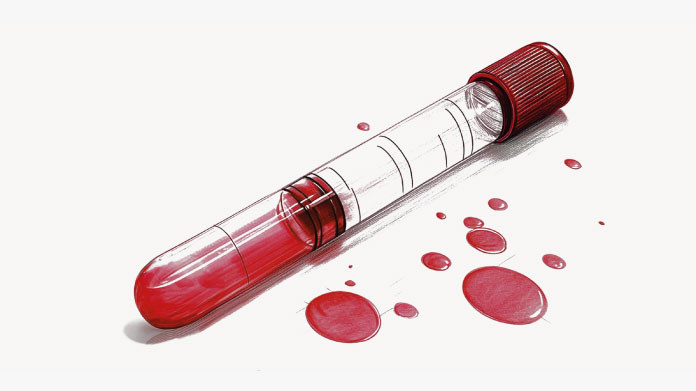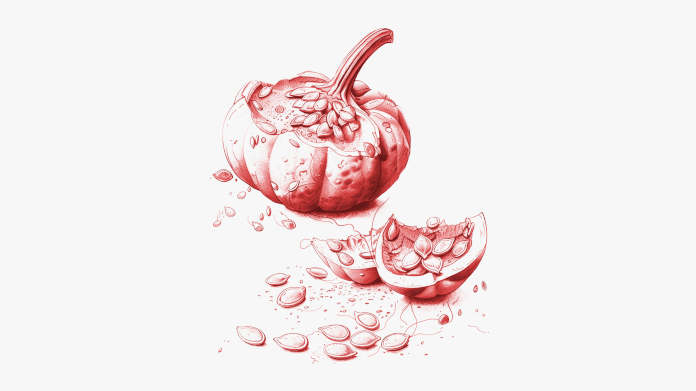Why is it best to take red yeast rice in the evening?
Do you know why it’s better to take red yeast rice in the evening before bed? And its benefits for heart health?

Red yeast rice has the effect of lowering cholesterol levels. Since cholesterol production takes place in the liver mainly at night, it’s best to take red yeast rice before going to bed in order to obtain maximum benefit.
Red yeast rice: similar effects to those of anti-cholesterol treatments
Several studies have shown that monacolin K derived from red yeast rice has similar pharmacological effects to those of the most commonly-prescribed lipid-lowering drugs (1). It increases levels of HDL (‘good’ cholesterol), and lowers those of LDL (‘bad’ cholesterol), total cholesterol, and triglycerides.
Cholesterol is produced in the liver at night, at a time when the body has stopped receiving food (2). Lipid-lowering treatments act by inhibiting the early stages of cholesterol production, preventing its release into the bloodstream. Red yeast rice and its active principles act in the same way, so it’s best to take it in the evening before going to bed.
It’s a natural alternative that should be taken under medical supervision, just like any supplement used for therapeutic purposes (3).
References
- Pierre-Yves Rodondi, Florence Degoumois, Pedro Marques-Vidal, Nicolas Rodondi : Peut-on abaisser son taux de cholestérol avec des compléments alimentaires ? Rev Med Suisse. 2016, Vol. 12, pp 451-453.
- Alan Wallace, David Chinn, Greg Rubin : Taking simv. in the morning compared with in the evening: randomised controlled trial. BMJ. 2003 Vol. 327(7418), pp 788.
- Venero, Carmelo V. et al. Lipid-Lowering Efficacy of Red Yeast Rice in a Population Intolerant to Statins. American Journal of Cardiology. 2010, Vol. 105(5), pp 664 - 666.
Keywords
7 Days
A Product worth waiting for when not…
A Product worth waiting for when not available and then arriving as a surprise!
DOMINIC
9 Days
On time shipping
On time shipping
GEORGE Verne
11 Days
Ordering was easy and the product was…
Ordering was easy and the product was delivered with no problems. Appreciated that I was notified when it would arrive. Thanks!
MascarC
16 Days
Great customer service - responsive …
I ordered from them and my item was unavailable for sometime. I was super happy when they reactivated my order and shipped my item which arrived very quickly. Great customer service.
Ruth Rueter
17 Days
Super fast shipping
Super fast shipping
Donald Borling
20 Days
Reputable companysearch and the number of…
The research and the number of selection of products.
NAKHJAVAN Shervin
33 Days
The Anti Aromatase is a great product
The Anti Aromatase is a great product. You just need to have constant inventory. Recently this product has been out of stock.
GEORGE Verne
35 Days
Great help on chat
Great help on chat. Knowledgeable and friendly.
Jason Argos
38 Days
Customer service was fast and friendly.
Customer service helped to stop the transaction process of the subscription. I appreciated that.
Greenie
39 Days
I order here due to the high quality of…
I order here due to the high quality of the products and the quick delivery of items - thank you
Barbara J
40 Days
SuperSmart's Eye Pressure supplements: highly recommended!
I purchase SuperSmart's Eye Pressure supplements regularly for over 5 years, and gotta say they are truly a wonderful product for my Glaucoma. Highly recommended if you have eye pain from your Glaucoma.
D. Martinez
44 Days
Quick service
Quick service
MONELL
45 Days
Speedy service.
Speedy service.
ROSENTHAL Marvin
49 Days
Clear website- Efficient
Clear website. Excellent search engine and fast delivery!
Mohamad Hussein
51 Days
They have great products.
They have great products.
Vickie



